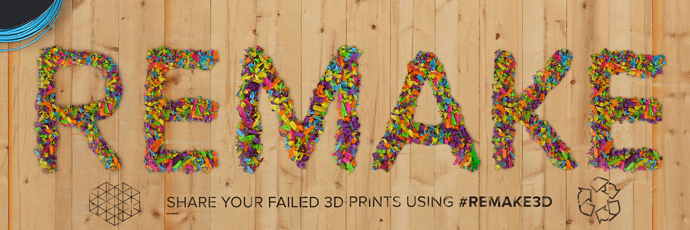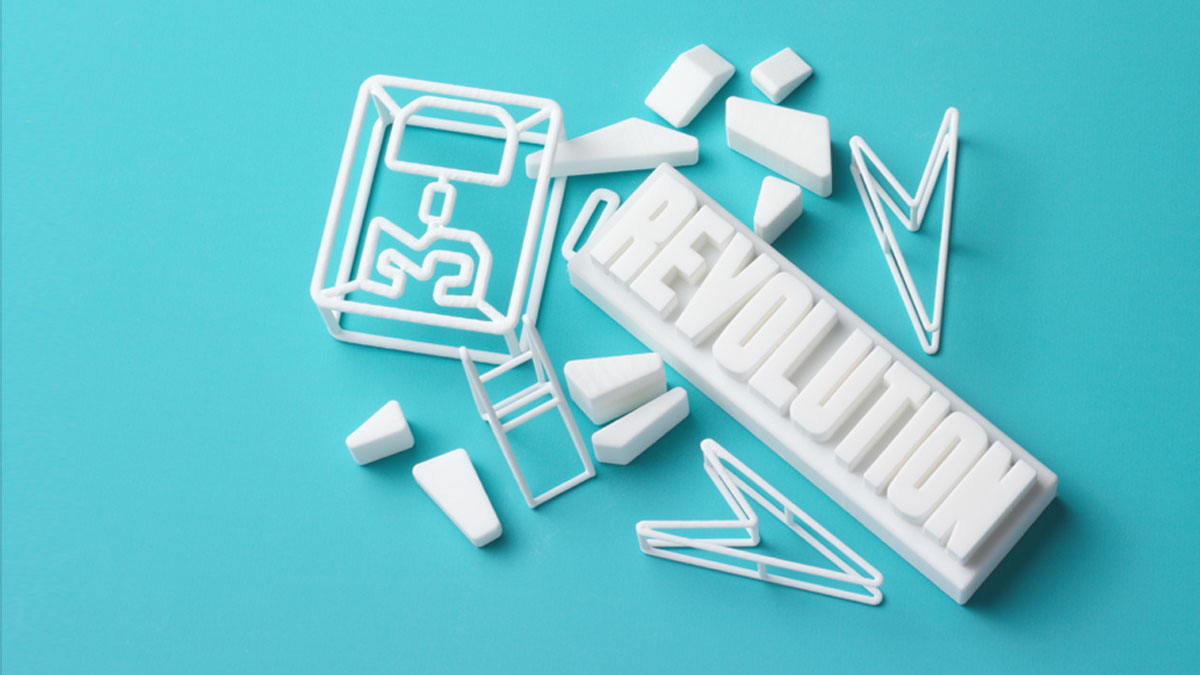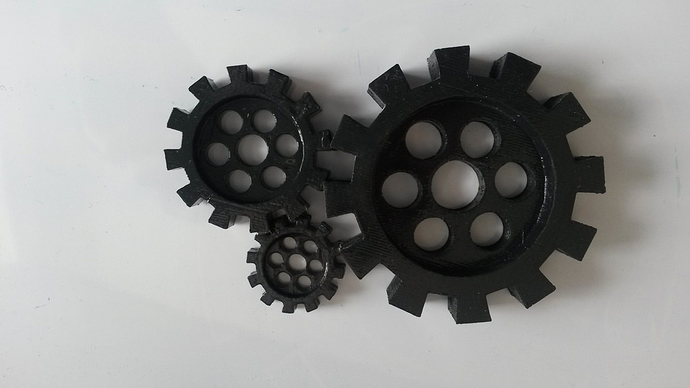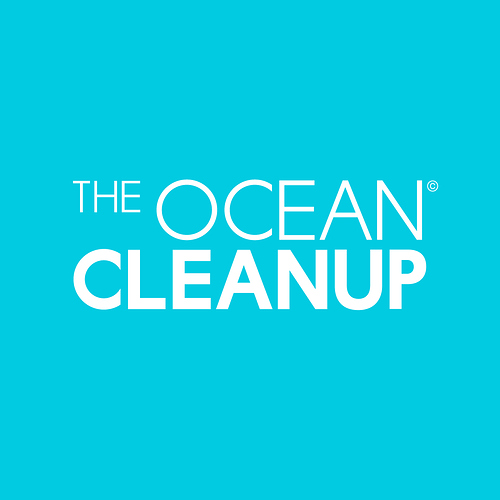We’re very possibly standing at the very beginning of a new era in which we start producing what we need locally. As can be seen from for instance the food markets there already is a huge increase in demand for locally produced products. 3D printing potentially takes on a key role in this trend since it is the manufacturing technique that is particularly fit for local production. Some of the many advantages of 3D printing that will fuel its adoption are:
- Less need for transport from production to end consumer
- More customization possible
- Shorter lead times
- Less inventory
If you’re still not convinced I highly suggest reading this article 1 on the 3D printing revolution that was published in the Harvard Business Review in May.
There’s one big catch in FDM printing however and that is the filament that is used. Several of the downsides of the current use of filament are:
- That it is quite expensive when compared to the cost of the raw materials
- New filament in general is made from cornstarch (PLA) or oil (ABS). Both production processes are generally regarded as harmful to our environment.
- The extra production of plastic products from new filament is a burden on our environment as well. At this moment this might not be a very significant waste stream but if 3D printing will indeed capture a large market share, it will be soon.
So how can we turn this around?
It’s very simple actually, we can start using plastic waste which is very widely available worldwide. This could potentially change the impact of 3D printing on our environment from a negative to a positive one.
There are some issues however that limit this possibility:
- It is difficult to separate different types of plastics
- Many types of household plastics aren’t fit for printing just yet
- In general the plastics need to be quite properly cleaned to be able to get good prints
Luckily there are quite some examples by now of people who aren’t letting themselves being kept back by these obstacles. It is these innovators that are very possibly shaping the future of manufacturing into a sustainable one!
The problem that plastics are difficult to recycle is addressed and allegedly solved by Mike Biddle who, in this very inspiring TED Talk, also paints a picture of a world in which plastic recycling works.
The output of the recycling process are the plastic pellets that Mike Biddle shows in the video. These pellets can be used for many applications including the production of new fully recycled filament. This is where Fila-Cycle comes into play as they produce this high quality recycled filament. An example of prints made with fully recycled ABS filament is shown here:
Our friends from the Better Future Factory have been recycling all different kinds of plastics. With their Perpetual Plastic Project they have visited many events including our very own anniversary party to showcase the recycling process for 3D printing. They have shown 2 that recycling is feasible for many different types of plastics including: PLA, PS, LDPE, PA, PP.
Plastic Madonna is a project by Dutch artist Peter Smith who aims to use 100,000 PET bottles to produce a 12-foot long Madonna statue on the beach of Rio de Janeiro for the 2016 Olympic games.
Project Seafood is a project from Fabian Wyss and Jennifer Gadient, a couple from Switzerland, who drive along the beaches of Spain collecting HDPE waste and turning it into new prints.
 The ocean cleanup project 1 is not directly related to 3D printing but very interesting from a recycling perspective. Its goal is to: ‘fuel the world’s fight against oceanic plastic pollution by initiating the largest cleanup in history.’ Definitely worth a look!
The ocean cleanup project 1 is not directly related to 3D printing but very interesting from a recycling perspective. Its goal is to: ‘fuel the world’s fight against oceanic plastic pollution by initiating the largest cleanup in history.’ Definitely worth a look!
A very cool project that @Alexander_8 pointed out to us is the Plastic Bank. They 3D print from plastic waste which they collect from the ocean. Check out all about it in this video:
https://www.youtube.com/watch?v=oAdv-oRtS9Y
If you know any other cool recycling projects that I haven’t mentioned please share them in the comments and I will add them to this post!
This post is part of the fourth and last series on recycling for 3D printing. So far I’ve covered:
Series 1: Introduction to 3D printing recycling
- Post 1: Introduction to 3D printing recycling 3
- Post 2: How does local recycling work 2
- Post 3: Which shredding and extruding machines are available 3
Series 2: How to make your own filament by recycling old 3D prints
- Post 1: How to get the best recycled filament from your old 3D prints? 2
- Post 2: Recycling ABS and PLA data overview 2
Series 3: 3D Printing with recycled filament
- Post 1: Printing results for homemade PLA filament 2
- Post 2: Printing results for homemade ABS filament 2
Series 4: The promise of 3D printing with recycled household waste
- Post 1: Let’s collect all the cool recycling projects in one place!
- Post 2: Can PP be the next big thing in 3D printing?
created
Aug '15last reply
Sep '15- 11
replies
- 1.6k
views
- 8
users
- 19
likes
- 12
links







